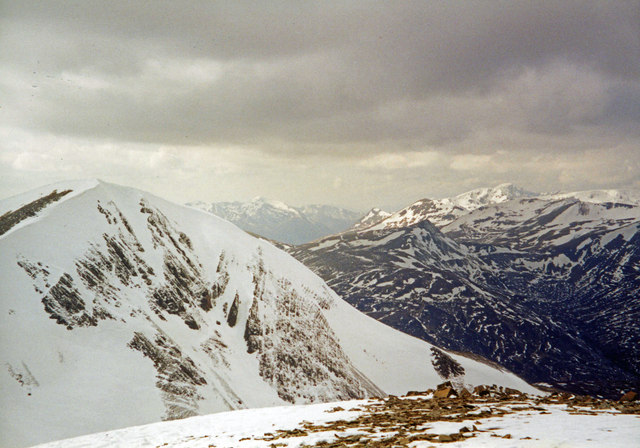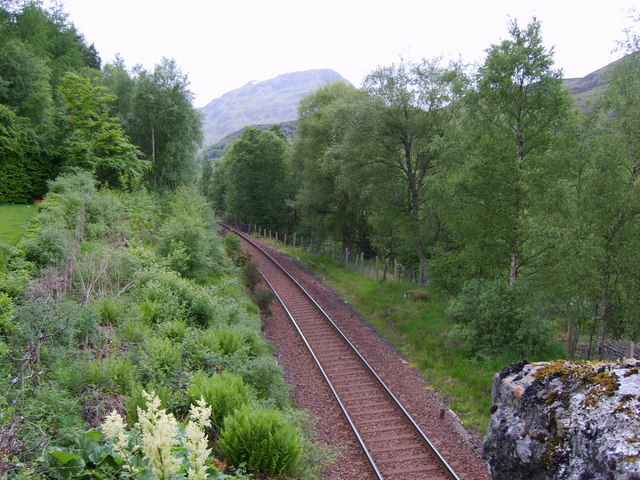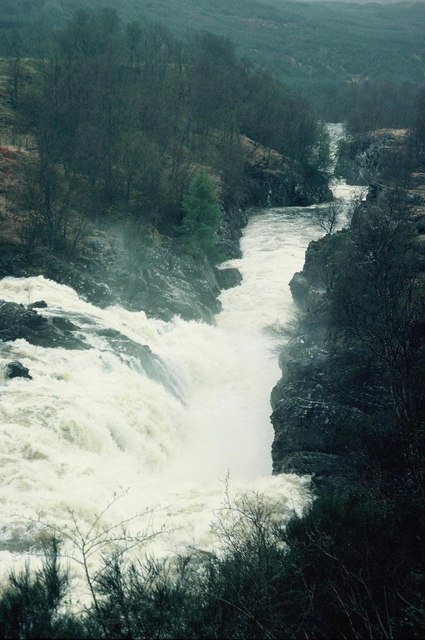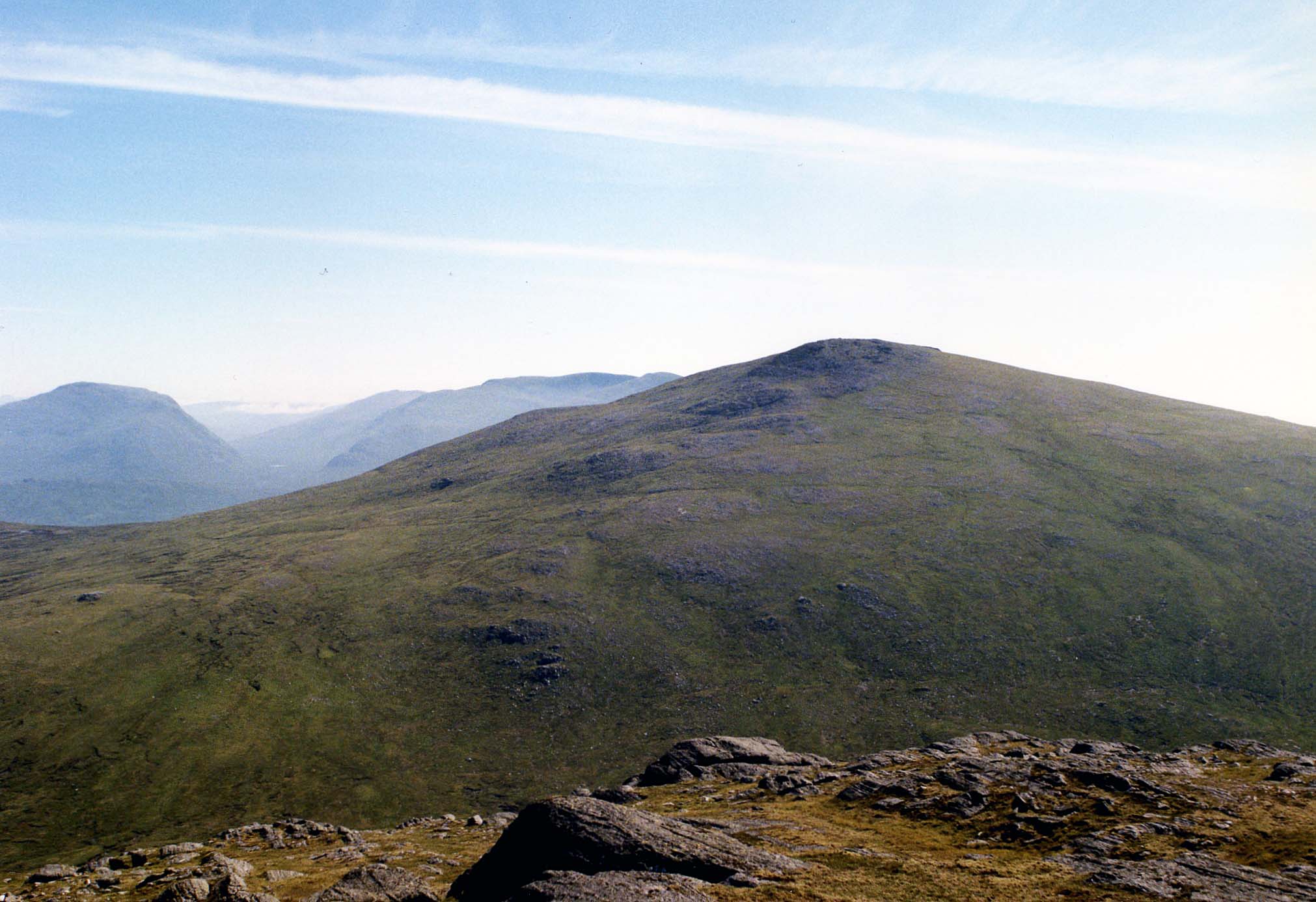Fersit Wood
Wood, Forest in Inverness-shire
Scotland
Fersit Wood

Fersit Wood is a beautiful woodland located in Inverness-shire, Scotland. Covering an area of approximately 300 acres, it is situated in the remote and picturesque Fersit Glen, surrounded by stunning mountainous landscapes. The wood is part of the wider Lochaber Geopark and is a designated Site of Special Scientific Interest (SSSI).
The wood is predominantly composed of native tree species, including oak, birch, rowan, and pine. The diverse vegetation provides a rich habitat for a variety of wildlife, making it a popular spot for nature enthusiasts and birdwatchers. Visitors may have the chance to spot species such as red deer, red squirrels, and a wide range of bird species, including golden eagles and crossbills.
The wood offers a network of well-maintained trails, allowing visitors to explore and immerse themselves in the natural beauty of the area. The paths wind through the ancient woodland, revealing breathtaking views of the surrounding mountains and offering opportunities for peaceful walks and hikes.
Fersit Wood is also home to the Fersit hydroelectric scheme, which harnesses the power of the nearby River Fersit to generate renewable energy. This sustainable project serves as an example of the harmonious relationship between human activity and nature in the area.
Overall, Fersit Wood is a tranquil and captivating destination, providing a unique and enriching experience for nature lovers and outdoor enthusiasts alike.
If you have any feedback on the listing, please let us know in the comments section below.
Fersit Wood Images
Images are sourced within 2km of 56.872954/-4.6665958 or Grid Reference NN3778. Thanks to Geograph Open Source API. All images are credited.


Fersit Wood is located at Grid Ref: NN3778 (Lat: 56.872954, Lng: -4.6665958)
Unitary Authority: Highland
Police Authority: Highlands and Islands
What 3 Words
///chatters.empty.cleansed. Near Gairlochy, Highland
Nearby Locations
Related Wikis
Laggan Dam
Laggan Dam is a dam located on the River Spean south west of Loch Laggan in the Scottish Highlands. == History == The structure was built as part of the...
Fersit
Fersit (Scottish Gaelic: Fearsaid Mhòr) is a hamlet close to Tulloch railway station in Lochaber, Scottish Highlands and is in the Highland council area...
Tulloch railway station
Tulloch railway station is a rural railway station in the remote Tulloch area of the Highland region of Scotland. This station is on the West Highland...
Fersit Halt railway station
Fersit Halt railway station named after the nearby hamlet of Fersit (Scottish Gaelic: Fearsaid Mhòr), was situated close to Tulloch railway station in...
Inverlair Falls
Inverlair Falls is a waterfall of Scotland. == See also == Waterfalls of Scotland == References ==
Chno Dearg
Chno Dearg (Scottish Gaelic: An Crò Dearg) is a mountain in the Lochaber area of the Scottish Highlands. It overlooks Glen Spean to the north and Loch...
Beinn a' Chaorainn (Glen Spean)
Beinn a' Chaorainn is a Scottish mountain situated on the northern side of Glen Spean in the Lochaber region of the Highland Council area. The mountain...
Creag Dhubh (Roybridge)
Creag Dhubh (658 m) is a hill in the Grampian Mountains of Scotland. It is located in the Lochaber region, east of Roybridge. A rounded hill, Creag Dhubh...
Have you been to Fersit Wood?
Leave your review of Fersit Wood below (or comments, questions and feedback).





















